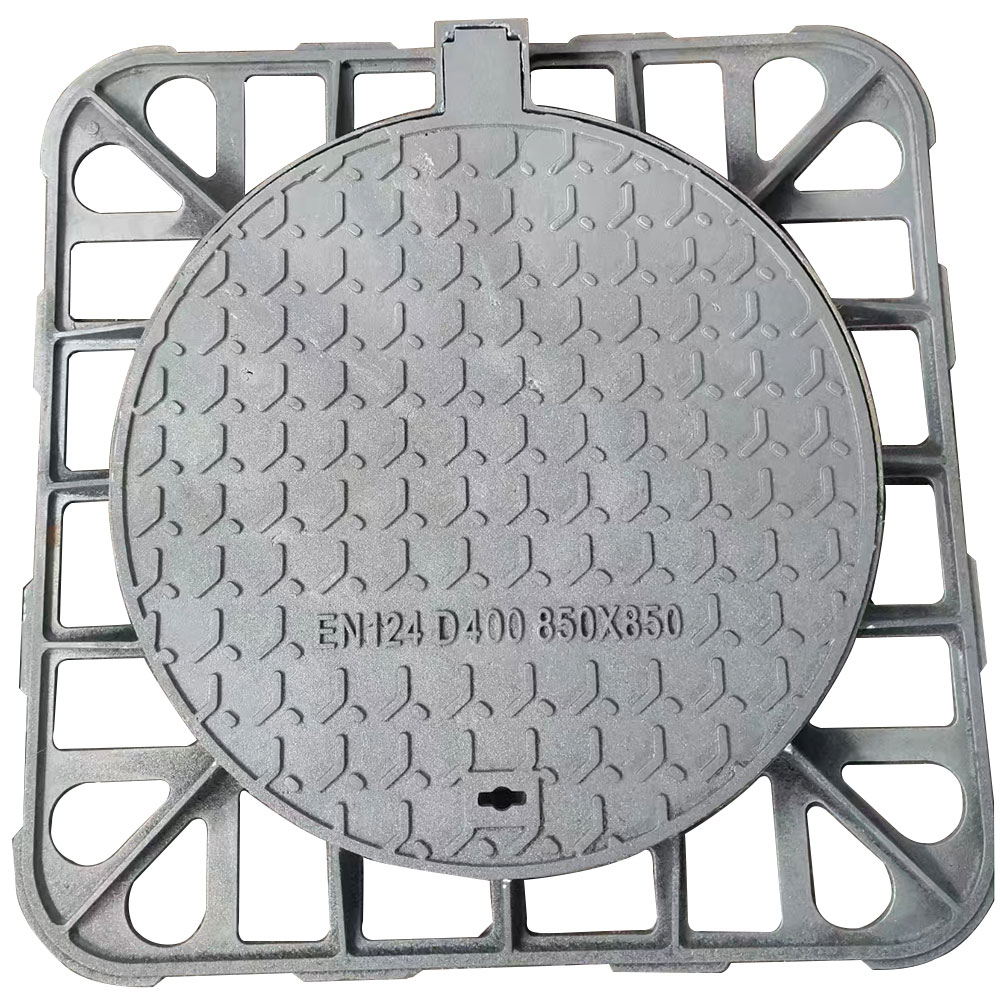Nov . 12, 2024 06:28 Back to list
die cast aluminium alloy
Die-Cast Aluminium Alloy An Overview
Die-cast aluminium alloys are a category of materials that play a crucial role in modern manufacturing and production processes. These alloys are characterized by their light weight, high strength, and excellent corrosion resistance, making them ideal for a wide range of applications. The die-casting process, which involves forcing molten metal into a mold at high pressure, allows for the production of complex shapes with high dimensional accuracy, thereby enabling manufacturers to create intricate parts that meet specific design requirements.
Composition of Die-Cast Aluminium Alloys
The primary alloying elements used in die-cast aluminium alloys include silicon (Si), copper (Cu), magnesium (Mg), and zinc (Zn), with silicon being the most prevalent. Silicon enhances the castability and fluidity of the molten aluminium, while copper improves strength and machinability. Magnesium contributes to higher strength-to-weight ratios and improved corrosion resistance, making it a vital component for applications that require durability. Other alloying elements, such as manganese (Mn) and iron (Fe), may also be added to improve specific properties depending on the intended use of the alloy.
Advantages of Die-Cast Aluminium Alloys
1. Weight Reduction One of the most significant advantages of using die-cast aluminium alloys is their lightweight nature. This is particularly beneficial in sectors like automotive and aerospace, where reducing weight can lead to improved fuel efficiency and lower emissions.
3. Corrosion Resistance Aluminium naturally forms a protective oxide layer that helps prevent corrosion. When alloyed and die-cast, these alloys maintain their resistance, making them suitable for outdoor applications and harsh environments.
4. Complex Geometries The die-casting process allows for the production of highly intricate shapes that would be difficult to achieve through traditional machining methods. This capability reduces the need for secondary operations and helps lower overall manufacturing costs.
5. Recyclability Aluminium is a highly recyclable material. The recycling process uses a fraction of the energy required to produce new aluminium, making die-cast aluminium alloys an environmentally friendly choice.
die cast aluminium alloy

Applications
Die-cast aluminium alloys are used in a multitude of industries. In the automotive sector, they are commonly employed in the production of engine blocks, transmission housings, and structural components due to their strength and ability to withstand high temperatures. In the aerospace industry, lightweight yet durable components made from these alloys contribute to aircraft performance and fuel efficiency.
In addition to transportation, die-cast aluminium alloys are also utilized in electronics for housings and heat sinks, thereby enhancing thermal management. The consumer goods sector has also embraced these materials, using them in the production of kitchenware and other household items that benefit from their aesthetic appeal and durability.
Challenges and Considerations
While die-cast aluminium alloys offer numerous advantages, there are challenges associated with their use. The die-casting process requires careful control of parameters such as temperature and pressure to prevent defects like porosity and surface blemishes. Moreover, the initial setup costs for die-casting can be high, which may deter small-scale manufacturers from adopting this technology.
Additionally, engineers must carefully select the right alloy composition depending on the desired mechanical properties and application requirements. For instance, an alloy designed for high thermal conductivity may not have the same mechanical strength as one designed for structural applications.
Future Outlook
The future of die-cast aluminium alloys looks promising as advancements in manufacturing technology continue to evolve. Innovations in die-casting techniques, such as vacuum die casting and the integration of robots for precision handling, are likely to enhance product quality and reduce production times. Furthermore, ongoing research into new alloy compositions and heat treatment processes may lead to improved performance characteristics, expanding the applications for die-cast aluminium alloys across various industries.
In conclusion, die-cast aluminium alloys represent a versatile and efficient solution for modern manufacturing needs. Their combination of lightweight, strength, and corrosion resistance makes them indispensable in numerous fields, and as technology advances, their prevalence is set to grow even further.
-
Centrifugally Cast Iron Water Main Pipe | Ductile Iron Solutions
NewsAug.24,2025
-
Durable Cast Steel Concrete Pipe Mold Bottom Rings & Base Trays
NewsAug.23,2025
-
Centrifugally Cast Iron Water Main Pipe for Reliable Mains
NewsAug.22,2025
-
Durable Centrifugally Cast Iron Water Main Pipe
NewsAug.11,2025
-
Centrifugally Cast Iron Water Main Pipes for Reliability
NewsAug.10,2025
-
High-Quality Centrifugally Cast Iron Water Main Pipes
NewsAug.09,2025


